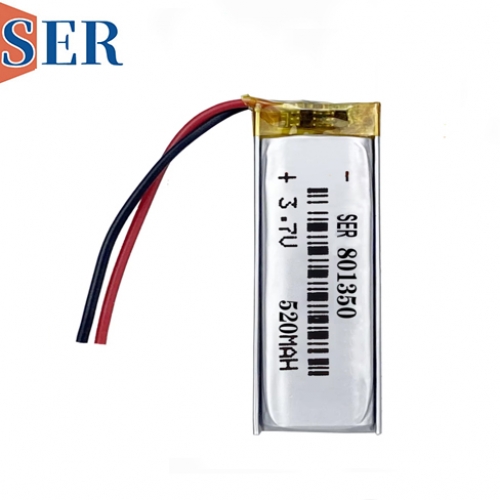Flat and Primary Batteries CP305050 3.0V 1500mAh Ultra-thin LiMNO2 Battery Technology
The Challenges of Flat and Primary Batteries: An Insight into CP305050 3.0V 1500mAh Ultra-thin LiMNO2 Battery Technology
In the world of batteries, the CP305050 3.0V 1500mAh primary Li-polymer battery, along with its ultrathin Limno2 and soft pack LiMNO2 variants, occupy a unique niche. These batteries are designed to provide reliable power in a sleek and compact form factor, making them ideal for various applications where space is limited. However, one significant challenge that these batteries pose is their inability to be recharged once they have been depleted. This article delves into the reasons behind this limitation and explores the intricacies of primary battery technology.
Firstly, it is crucial to understand the fundamental difference between primary and secondary batteries. Primary batteries, such as the CP305050, are designed to be used once and then discarded when they run out of power. They are typically composed of materials that do not allow for rechargeability, meaning that once the chemical reaction inside the battery has been exhausted, it cannot be reversed. In contrast, secondary batteries, like many of the rechargeable lithium-ion batteries we use in our daily lives, can be recharged multiple times, allowing for extended use.
The CP305050 ultrathin battery, specifically, is a primary lithium-polymer battery. Lithium-polymer batteries are known for their high energy density, light weight, and flexibility, making them ideal for thin and lightweight devices. However, the chemistry used in primary lithium-polymer batteries does not support rechargeability. The electrochemical reactions that occur within the battery during discharge are irreversible, preventing the battery from being recharged.
Moreover, the ultra-thin design of these batteries further complicates the issue of rechargeability. The thin profile and compact form factor require special materials and structures that may not be compatible with recharging processes. Attempting to recharge such batteries could lead to damage, malfunction, or even safety hazards.
The use of Limno2 and LiMNO2 in the battery composition also contributes to its non-rechargeable nature. These materials have specific electrochemical properties that make them suitable for primary battery applications but not suitable for rechargeability. The energy storage mechanism in these batteries relies on irreversible chemical reactions, which cannot be reversed through charging.
In addition to the inherent limitations of the battery chemistry, there are practical considerations that make recharging these batteries unfeasible. For instance, the cost and complexity of developing a recharging system compatible with ultra-thin primary batteries may outweigh the benefits. Furthermore, the market demand for rechargeable batteries is already met by a range of secondary battery technologies, such as lithium-ion batteries, which offer better rechargeability and longer lifetimes.
Despite their rechargeability limitations, primary batteries like the CP305050 still have their advantages. They offer a convenient and cost-effective solution for applications that require a reliable power source with a limited lifespan. Their compact size and light weight make them suitable for use in small electronic devices, wearable technology, and other space-constrained applications.
Moreover, with the advancement of battery technology, researchers are constantly exploring new materials and designs that could potentially improve the performance and rechargeability of primary batteries. While these efforts may not lead to rechargeable versions of the CP305050 or similar batteries in the near future, they could pave the way for new and innovative battery solutions that better meet the needs of various applications.
In conclusion, the CP305050 3.0V 1500mAh Li-polymer ultra-thin battery, along with its ultrathin Limno2 and soft pack LiMNO2 battery, are designed as primary batteries and cannot be recharged. This limitation is due to the specific chemistry and design of these batteries, which do not support rechargeability. Despite this, these batteries offer a reliable and cost-effective power solution for various applications where space is limited. As battery technology continues to evolve, we may see improvements in the performance and capabilities of primary batteries, but for now, their use remains limited to single-use applications.





